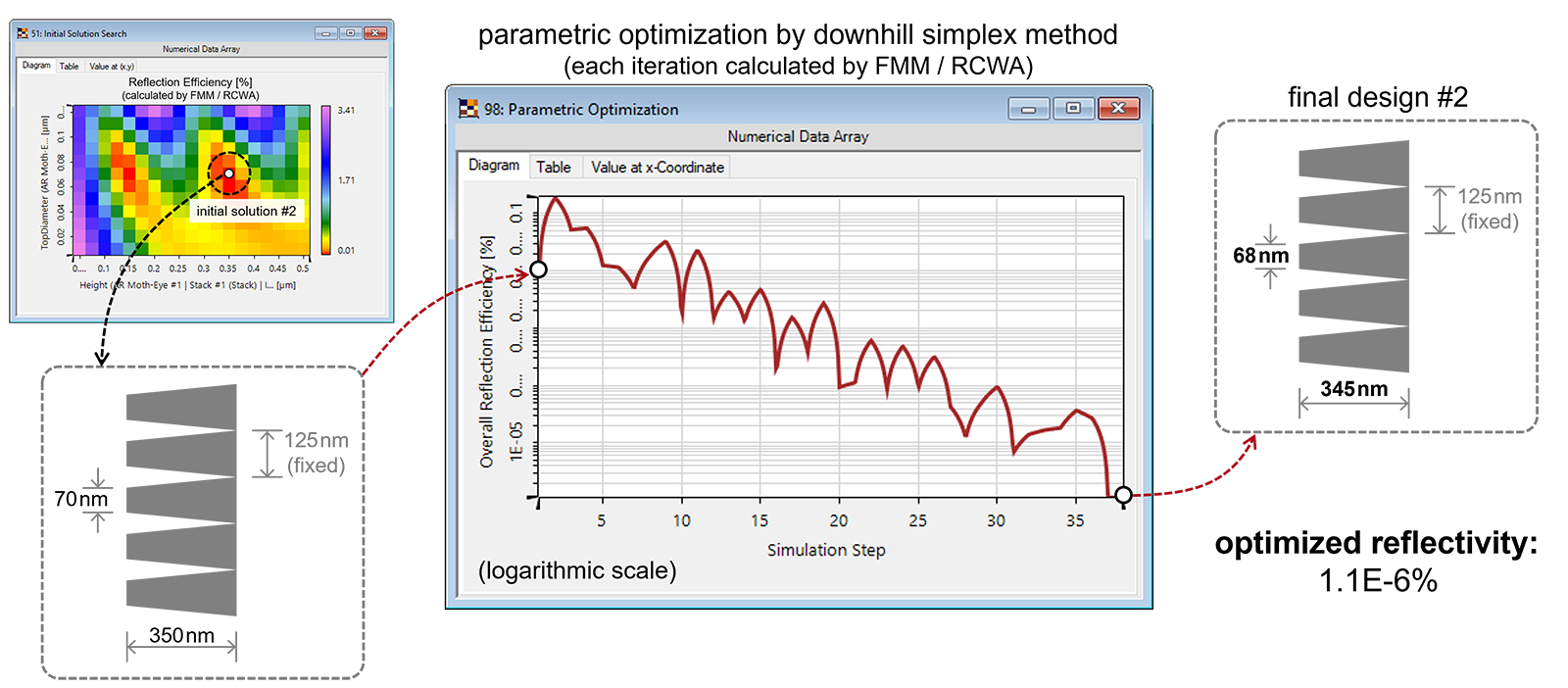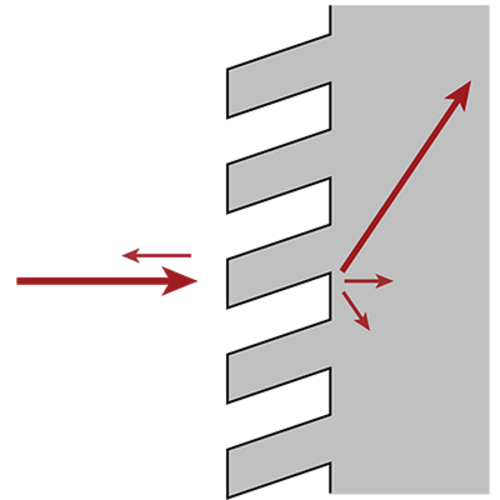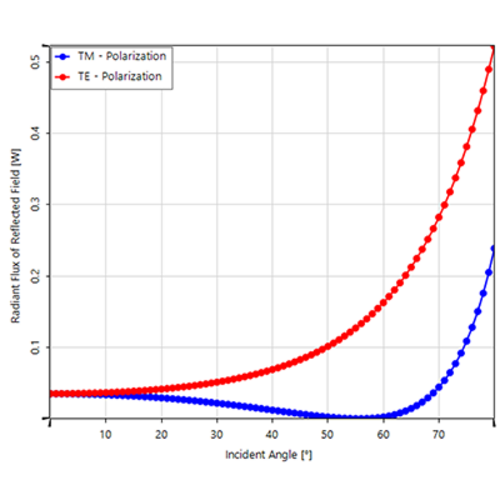Rigorous Analysis and Design of Anti-Reflective Moth-Eye Structures
Abstract
The suppression of reflection at surfaces of components is of interest for numerous optical applications. One very interesting approach to controlling the reflection at surfaces is the use of anti-reflective nano- and micro-structures, which are motivated by nature (moth-eye). These structures with feature sizes in the sub-wavelength domain exhibit unique properties concerning wavelength and angular dependency. In this document, the analysis and design of deterministic anti-reflective structures in VirtualLab Fusion is presented.
VirtualLab Fusion Configuration
-
 VirtualLab Fusion
VirtualLab Fusion
-
 Grating Package
Grating Package





